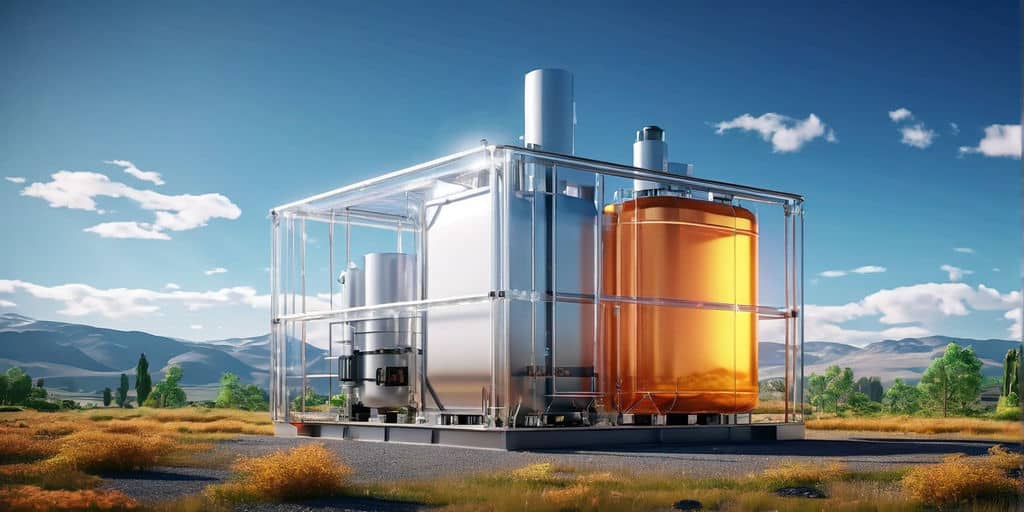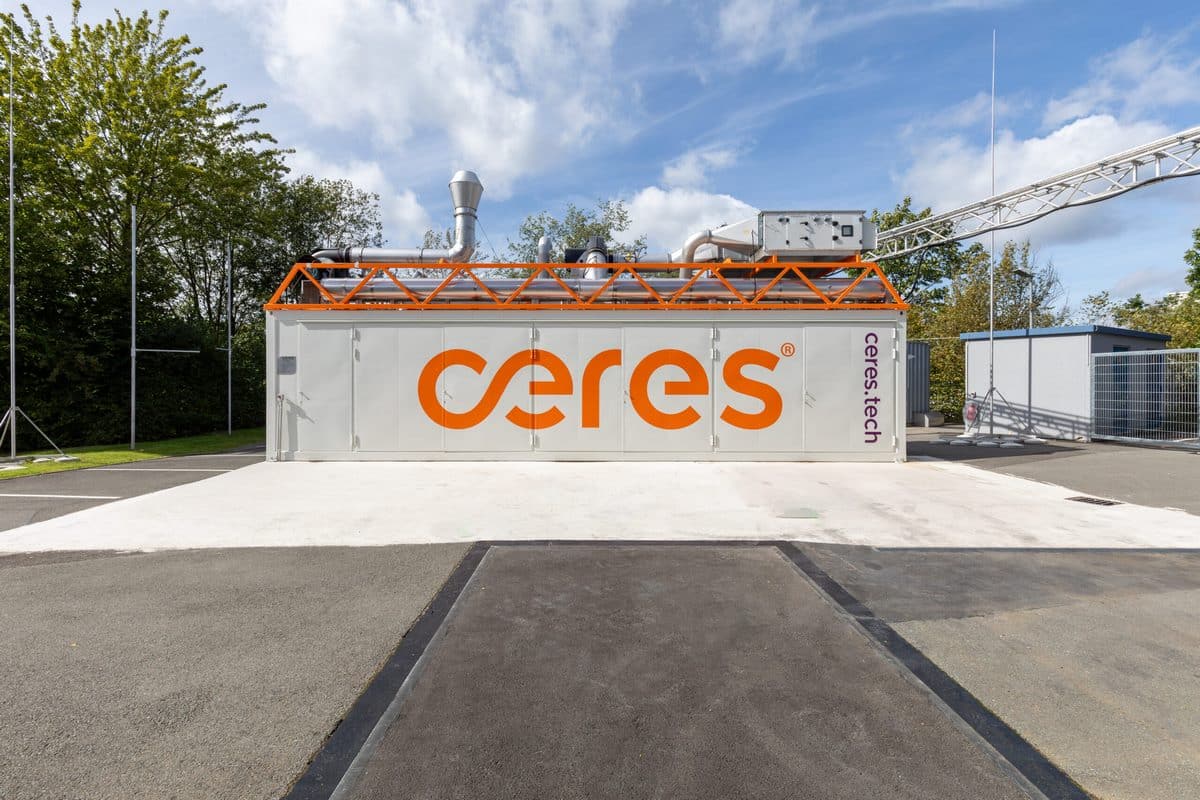Investors at the stock exchange are betting on good instincts regarding companies, industrial branches and, above all, those shares that in the future will determine development and have an above-average growth. These companies must and should be excellent at earning money, which is a clearly defined criterion for an increase in stock market valuation. In view of climate change, these companies should also produce solution-oriented products that are good for humans and nature in the broadest sense possible. All of this applies to hydrogen and fuel cells.
The companies in this specialization must now prove that they can deliver results and from them develop robust business models. The investor who shares their vision and bets on these new future markets, however, needs a lot of patience and time. Because many companies in the industry are still at the very beginning in terms of the new megatrend hydrogen. Market-ready products need to come out, and this entails the building and scaling of production capacity and addressing the right markets.
The venture capitalist or early-stage investor must see what capital is available to finance the R&D and follow up on the seed (financing). It takes time for the plant, so the company, to establish its growth dynamics and – metaphorically speaking – bear fruit (revenue, profit, orders).
The path will not be a straight line, since of course every company is subject to market storms (like plants are to the weather and the nature of the soil): supply chain issues, interest and inflation conditions, skilled labor shortages and numerous regulatory hurdles set by different countries. At the end of the day, all this will be overcome, as the world urgently needs all these technologies to move in the right direction, meaning to become more sustainable and, above all, address climate change technologically.
On the flip side: With some companies, the development is unfortunately sometimes worse before it gets better. You could say, a little bit of crisis is productive. The increase in energy prices across the world is in all honesty a turbo for hydrogen & co., as they’re becoming viable alternatives to fossil energy carriers.
Completely new markets will emerge, according to the trend research, in a timeframe of 15 to 20 years, when the inflection point that signals the start of vigorous growth arrives. The US investment bank Goldman Sachs expects annual turnovers of 1 billion USD worldwide in only a few years – a very high growth potential. Just look at the development of companies like Apple, Google, Amazon, & co., which required many years of positioning in their markets (with high start-up losses) but ultimately experienced an overproportional gain in value on the stock market.
In their early days, these companies needed, and burned through, a lot of capital. Investors followed their visions and new business models, and supported them with their use of capital. The stock market values the visions through the increase of market capitalization along with growing share prices.
So consider, as a co-venturer and investor, the first hours to be filled with many risks (price swings, book value losses), which however at the end of the day may have overproportional gains in store. Regarding hydrogen and fuel cells, we are facing radical developments and growth prospects. Approach this field with the caution of a start-up investor. The ROI, however, can be substantial in one to three years. We bet on the hydrogen horse in the early phase, in 2018/19, and with our correct assessment came out very successful. At the time, the industry was at its beginning. Today, much is set and real. Hydrogen on the stock exchange is the next megatrend.
Individual FC markets speed ahead: Commercial vehicles
The first truly big market for the use of fuel cells and hydrogen is the commercial vehicle sector. This encompasses trucks and buses, but rail vehicles also benefit from this development. The IAA Transportation fair in Hannover September 2022 clearly indicated where commercial trucks are heading (see p. 32). For heavy trucks, fuel cells will assume an important part in long hauls within the next few years. But there are also many approaches that would allow even vans to run on hydrogen, in which batteries would – still – have merit.
In addition, there are a series of research projects to enable hydrogen (liquefied or gaseous) to be used directly in an internal combustion engine – or even e-fuels as well. Much is running in parallel. What’s still missing is the ramp-up of production (scaling) and the establishment of the necessary infrastructure (H2 fueling stations). Intense competition in this is brewing, which might make batteries less competitive considering the price of the raw materials, their availability and the cost of electricity.
Hydrogen will not only be available in ever greater quantities, but also lead to increasingly favorable share prices, if it is brought via pipeline or packaged in ammonia to Germany. Besides Goldman Sachs (see above), Citicorp also expects high turnovers: over 140 billion USD p. a. from fuel cell systems (also from supply components like compressors). Is there need for more arguments?
A look into the future
Let’s look together into the crystal ball for 2023: The clouds of the past two years are gradually dispersing, and it is clearing up. First rays of sunshine can be seen. In accordance with this metaphor, for the shares from the hydrogen and fuel cell sector, 2023 will in all likelihood be a good year with prices rising again, and for the following year, the effects of the H2 ramp-up allow a continuous H2 and FC boom to be expected. The stock market anticipates all this.
We will then leave the low price level, since companies will be able to deliver, implement concrete projects, leverage existing scaling effects and significantly expand their number of orders. At the end of the day, decent money can be made with fuel cells and with hydrogen. A gradual upward trend is emerging, which is picking up speed and raising in tempo, as many countries are clearly defining what they intend to do in terms of hydrogen (support programs, etc.) and the competition amongst them increases. We are standing at the H2 station and are now being picked up. Stay tuned.
Disclaimer
Each investor must always be aware of their own risk when investing in shares and should consider a sensible risk diversification. The FC companies and shares mentioned here are small and mid cap, i.e. they are not standard stocks and their volatility is also much higher. This report is not meant to be viewed as purchase recommendations, and the author holds no liability for your actions. All information is based on publicly available sources and, as far as assessment is concerned, represents exclusively the personal opinion of the author, who focuses on medium- and long-term valuation and not on short-term profit. The author may be in possession of the shares presented here.
Author: written by Sven Jösting December 12th, 2022



























0 Comments
Trackbacks/Pingbacks